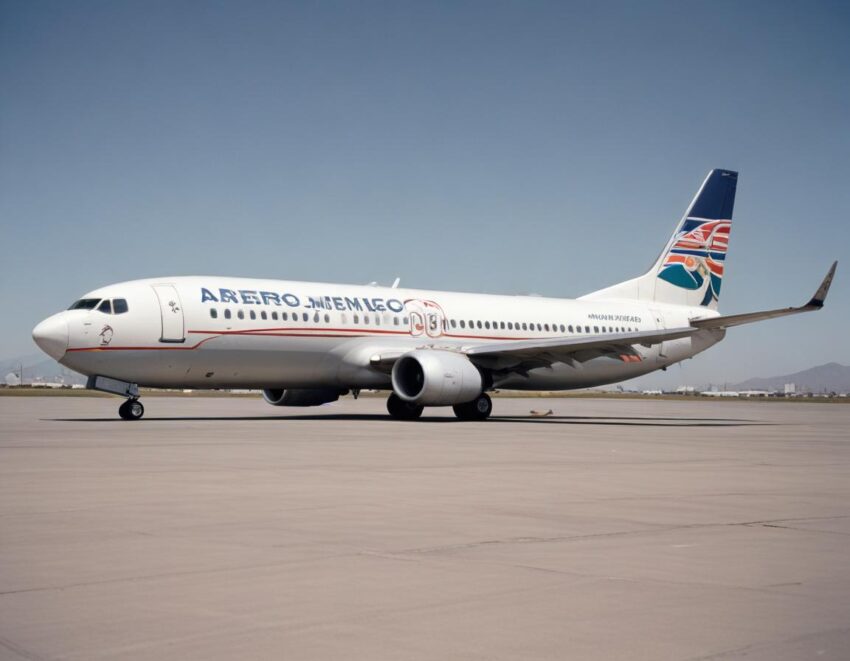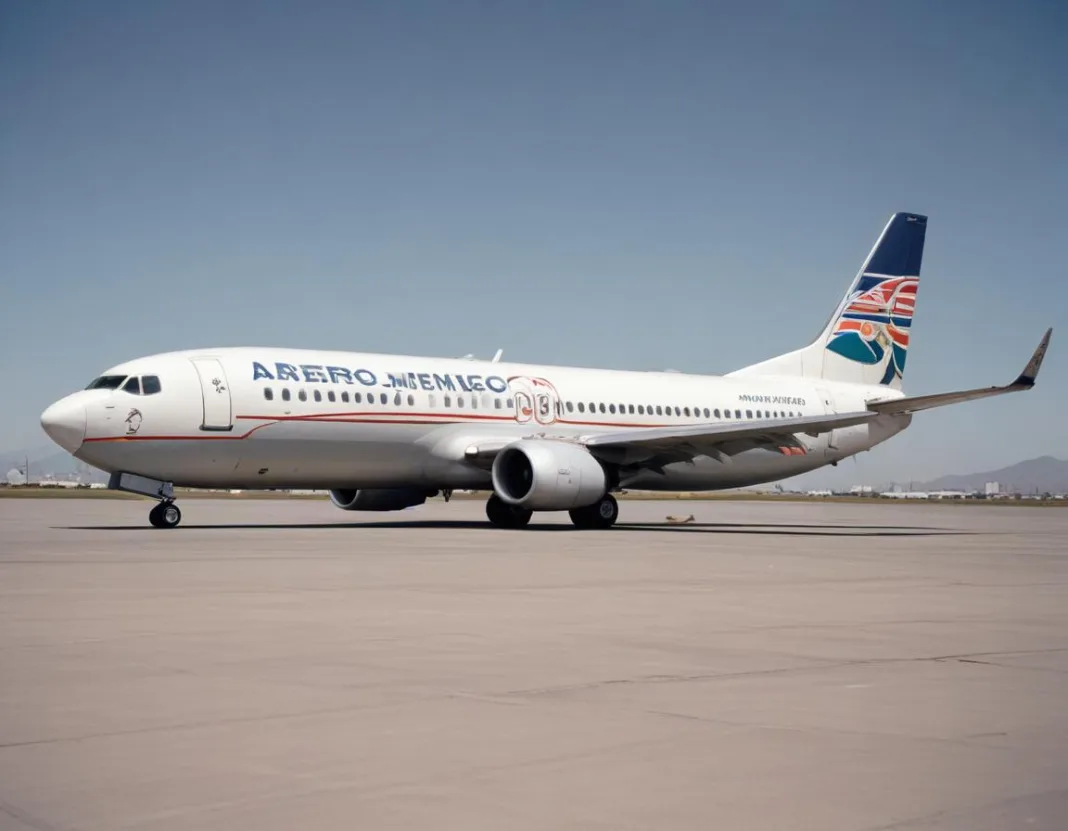Wednesday, July 30, 2025

On July 28, 2025, an Aeromexico Boeing 737-800 bound for Mexicali from Mexico City made an emergency landing after experiencing depressurization shortly after takeoff. The flight, AM190, took off from Benito Juárez International Airport, but due to a sudden loss of cabin pressure, the aircraft was forced to return to the airport. The depressurization issue occurred at 17,500 feet, prompting the flight crew to take immediate action. Following standard safety procedures, the pilots initiated a controlled descent and communicated with air traffic control to safely return to Benito Juárez International Airport.
The aircraft, registered XA-PPP, had been en route to Mexicali but only flew for about 35 minutes before the emergency landing. Fortunately, the quick response by the flight crew ensured the safety of everyone aboard. There were no reports of injuries or any other incidents, and the aircraft landed safely.
Aeromexico responded promptly to the situation, prioritizing the well-being of its passengers and crew. The airline likely followed its standard emergency protocols, ensuring all passengers received assistance after the incident. This event underscores the critical importance of pilot training, quick decision-making, and the reliability of modern aircraft systems to manage unexpected issues such as depressurization. Aeromexico’s swift actions helped ensure that the flight was safely diverted back to Benito Juárez International Airport.
What Happened on Aeromexico Flight AM190?
Aeromexico flight AM190 was scheduled to travel from Mexico City to Mexicali. However, shortly after taking off from Benito Juárez International Airport, the Boeing 737-800 suffered an unexpected depressurization. Depressurization, which can happen due to a sudden loss of cabin pressure, is a serious issue that requires immediate action. The pilots on board acted swiftly, initiating a descent to a safe altitude and making the decision to return to the airport. They stopped the climb at 17,500 feet, well below cruising altitude, before safely returning to Mexico City after 35 minutes.
How the Crew Handled the Situation
In emergency situations like depressurization, crew members are trained to respond quickly and efficiently to protect the passengers. In this case, the Aeromexico flight crew followed standard operating procedures to ensure safety. The pilots initiated an emergency descent, lowering the aircraft’s altitude to reduce the effects of the loss of pressure. The crew also communicated with air traffic control, ensuring that the aircraft was cleared to return to Benito Juárez International Airport. The quick and professional response by the crew ensured the situation was handled with minimal risk to the passengers.
Aeromexico’s Response to the Incident
Aeromexico immediately responded to the incident by returning the aircraft to the airport as quickly as possible. The airline has a reputation for prioritizing passenger safety, and this event was no exception. Following the landing, the airline likely initiated its standard safety and maintenance protocols to investigate the cause of the depressurization. Passengers who were aboard flight AM190 were safely disembarked, and any necessary support or compensation measures would have been offered. Aeromexico has not reported any injuries or incidents among passengers or crew, indicating that the emergency landing was carried out successfully.
Understanding Depressurization in Commercial Flights
Depressurization in commercial aircraft occurs when there is a sudden loss of air pressure inside the cabin, usually caused by a malfunction in the pressurization system. This can lead to discomfort or even danger to passengers and crew if not handled properly. Passengers may experience ear discomfort, hypoxia (a lack of oxygen), or in extreme cases, unconsciousness. Aircraft are equipped with oxygen masks that deploy automatically in the event of depressurization, allowing passengers to breathe normally while the aircraft descends to a lower, safer altitude. The depressurization of Aeromexico flight AM190 was handled well, preventing any harm.
What Can Passengers Expect from Aeromexico After an Emergency Landing?
Following an emergency landing, passengers often have questions regarding what comes next. Aeromexico, like other reputable airlines, would have provided passengers with all necessary information after the landing. Passengers were likely informed about the situation, the reason for the delay, and the next steps in their travel plans. Depending on the severity of the situation, Aeromexico may have rebooked passengers on later flights or offered accommodations. Customer service teams would have been on hand to assist with any inquiries and ensure that passengers were comfortable after the stressful experience.
Lessons Learned and Industry Implications
While the Aeromexico incident ended safely, it highlights the importance of safety protocols and quick responses in aviation. The incident serves as a reminder of how crucial pilot training, aircraft maintenance, and real-time communication are in dealing with emergencies. Airlines continuously review and improve their safety protocols, ensuring they are prepared for a range of potential issues. For the industry as a whole, this event reinforces the need for constant vigilance and readiness to respond to unexpected challenges, making air travel safer for everyone.
Conclusion: The Importance of Safety in Aviation
Aeromexico flight AM190’s emergency landing after depressurization demonstrates the critical role that safety procedures and quick-thinking flight crews play in ensuring the well-being of passengers. The incident highlights how airlines are constantly prepared for the unexpected, ensuring that safety remains the top priority. Aeromexico’s swift and effective response shows the airline’s commitment to its passengers’ safety and comfort. Despite the scare, no injuries were reported, and the aircraft returned to the airport without further incident. This event serves as a reminder of the professionalism and expertise required in the airline industry to handle such situations with care and efficiency.







